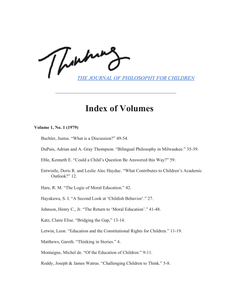In this paper we explore how the collaboration between Design Research and Philosophy of technology can be profitable for both disciplines. From three case studies where Philosophy of Technology theories and methods were applied in a design context we show how these projects profited from a more reflexive perspective. Then we analyse the three cases again to show how these design projects also lead to a better understanding from a Philosophy of Technology perspective. In putting the in principle rather abstract theories in design practice, the consequences become clearer and designing actual things thus provides a laboratory to test philosophical frameworks in real life. One can say that the Philosophy of Technology, besides thinking and talking, proceeds to action. Not only Philosophy of Technology with the head, but also Philosophy of Technology with the hands. Therefore, in analogy with the empirical turn in Philosophy of Technology before, we present this collaboration with design as the ‘Practical Turn in Philosophy of Technology’. In: Proceedings of DRS 2018: Design as a catalyst for change (Vol. I, pp. 190-200)
LINK
The design of healthcare facilities is a complex and dynamic process, which involves many stakeholders each with their own set of needs. In the context of healthcare facilities, this complexity exists at the intersection of technology and society because the very design of these buildings forces us to consider the technology–human interface directly in terms of living-space, ethics and social priorities. In order to grasp this complexity, current healthcare design models need mechanisms to help prioritize the needs of the stakeholders. Assistance in this process can be derived by incorporating elements of technology philosophy into existing design models. In this article, we develop and examine the Inclusive and Integrated Health Facilities Design model (In2Health Design model) and its foundations. This model brings together three existing approaches: (i) the International Classification of Functioning, Disability and Health, (ii) the Model of Integrated Building Design, and (iii) the ontology by Dooyeweerd. The model can be used to analyze the needs of the various stakeholders, in relationship to the required performances of a building as delivered by various building systems. The applicability of the In2Health Design model is illustrated by two case studies concerning (i) the evaluation of the indoor environment for older people with dementia and (ii) the design process of the redevelopment of an existing hospital for psychiatric patients.
DOCUMENT

The journal was a forum for the work of both theorists and practitioners of philosophical practice with children, and published such work in all forms, including philosophical argument and reflection, classroom transcripts, curricula, empirical research, and reports from the field. The journal also maintained a tradition in publishing articles in the hermeneutics of childhood, a field of intersecting disciplines including cultural studies, social history, philosophy, art, literature and psychoanalysis.
DOCUMENT
